West Coast’s “steals” Ashley McIntosh (back), Brett Heady (middle), Peter Matera (front left) and Dean Kemp (front right).
When looking at the 1989 VFL draft revised top 10, the first thing that stands out is how many incredible bargains West Coast was able to grab.
1994 Norm Smith Medallist Dean Kemp was taken as a post-draft pick, essentially at No.117, champion defender Ashley McIntosh was taken at No.112, and crafty forward Brett Heady at No.92.
Even Peter Matera slipping through to No.4 can be considered a bargain because some would argue only Chris Judd and Ben Cousins are ahead of him as West Coast’s greatest-ever player.
But there can only be one person at the top of the heap and that man is none other than Gavin Wanganeen.
After starring as a 16/17-year-old for Port Adelaide in its 1990 SANFL premiership year, Wanganeen hit the ground running for Essendon in 1991, almost immediately bedding down a spot in the side as an attacking defender.
His willingness to frequently throw himself in harm’s way and freakish physical flexibility earned him the nickname “the Indian rubber man”.
It didn’t take Wanganeen long to grab the attention of the footy world, collecting a premiership and a Brownlow Medal (as a backman, no less) in just his third year at the club, as one of the crowning jewels of the “Baby Bombers crop”. He also earned three All-Australian jumpers in four years (1992, 1993 and 1995).
One of the most supremely-gifted footballers you’d ever wish to see, he was like an artist out on the footy field and his creativity proved an invaluable asset for both Essendon and Port Adelaide. He made it into the Bombers’ Team of the Century and Champions of Essendon (at No.19) despite only spending six seasons at Windy Hill, such was the impact he made.
He would return to Port Adelaide in 1997, as the AFL team’s inaugural captain, where he picked up another two All-Australian jumpers, a best-and-fairest and, most importantly, the club’s first and only flag in the national competition. Wanganeen was inducted into the Australian Football Hall of Fame in 2010.
Matera comes in at No.2 in the revised order. One of the most electrifying wingmen of the 1990s, when Matera went for a run in open space at either Subiaco or the WACA, it was a sight that sent dread through the hearts of opposition supporters.
PLEASE HELP US CONTINUE TO THRIVE BY BECOMING AN OFFICIAL FOOTYOLOGY PATRON. JUST CLICK THIS LINK.
His blistering pace, booming kick, dead-eye accuracy and penchant for sniffing out a goal (he once booted seven against Essendon) made him the complete package.
Like Wanganeen, Matera is a five-time All-Australian, two-time premiership player, one-time best-and-fairest winner and Australian Football Hall of Fame inductee.
Coming in at No.3 is Matera’s premiership teammate Kemp, who was promoted a lazy 114 picks up the order, if you don’t mind.
The silky-skilled midfielder made an instant impact at West Coast, playing 23 games in his debut 1990 season, and never looked back. He would go on to become one of the Eagles’ greatest players, finishing up with a pair of premiership medals, a Norm Smith Medal, an All-Australian jumper, a best-and-fairest award and induction into the Australian Football Hall of Fame.
Courageous Brisbane midfielder Shaun Hart jumps 29 spots from No.33 to No.4 after a distinguished career in the sunshine state that ended with a flurry of success.
The diminutive helmet-wearing onballer certainly did the hard yards in the bad old days with Brisbane, but was rewarded for his perseverance as a member of the Lions’ three-peat-winning teams and claimed the 2001 Norm Smith Medal.
Another champion Eagle in McIntosh rounds out the top five, 107 picks higher than where he was originally taken. The defender was a rock in West Coast’s defence for over a decade, winning a pair of premierships, a best-and-fairest and an All-Australian jumper along the way.
Hot on McIntosh’s heels is former Collingwood and Sydney star Paul Williams who jumps from pick 70 to six after playing 306 games, winning a pair of best-and-fairests, an All-Australian gong and featuring in the Swans’ drought-breaking 2005 flag.
Richmond champion Wayne Campbell moves from 29 to seven, Heady is catapulted from 92 to eight, Adelaide premiership star Matthew Robran (who was originally taken by Hawthorn) jumps from 42 to nine, while five-club journeyman Dale Kickett slides from nine to 10.
Matera and Kickett are the only ones who keep their spots in the revised top 10.
*Redrafts only consider the first time a player was drafted.


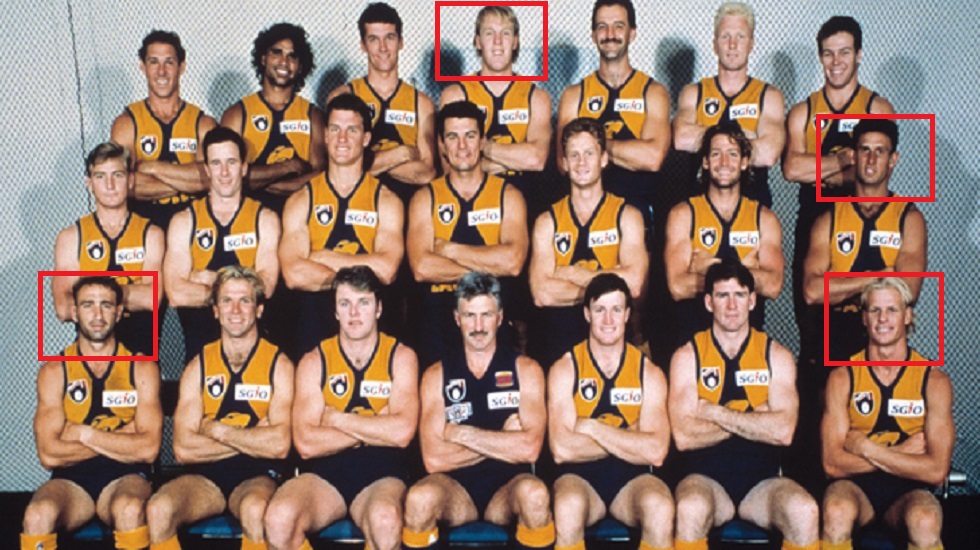
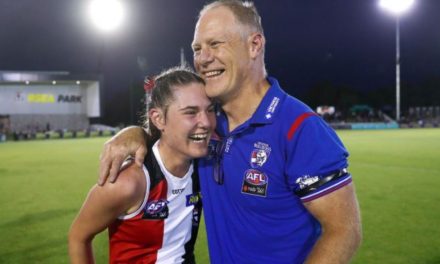
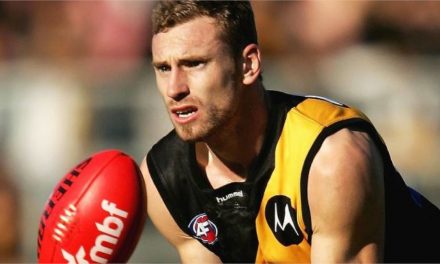
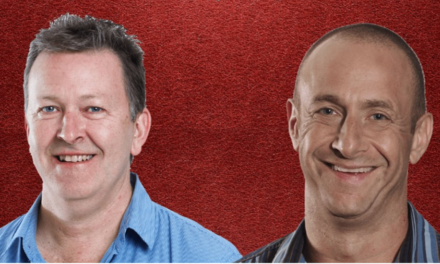
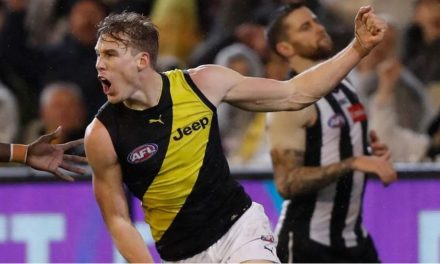






Really shows how much drafting has improved in recent years
Croft in the top ten, surely
Wayne Campbell arguably #3 in redraft